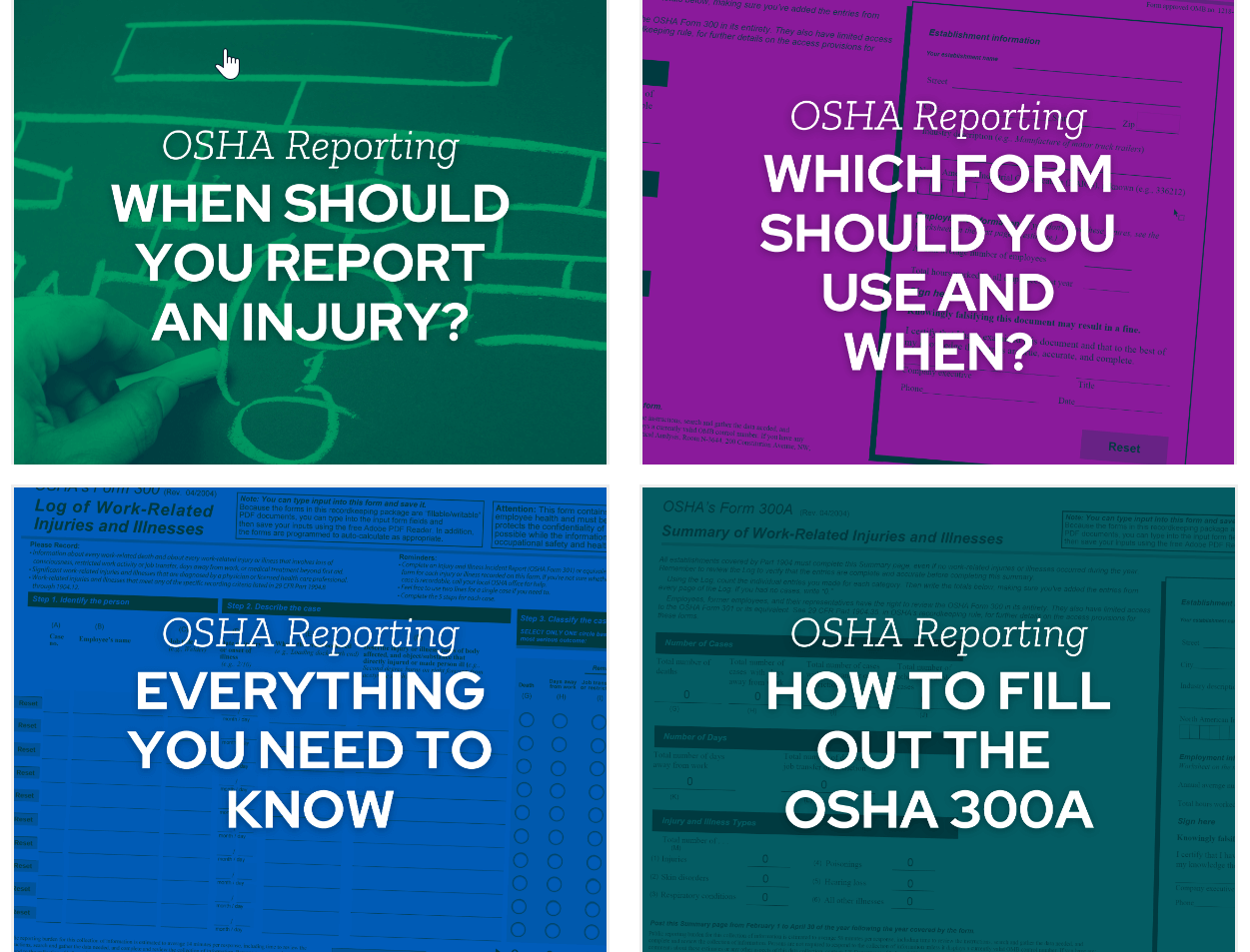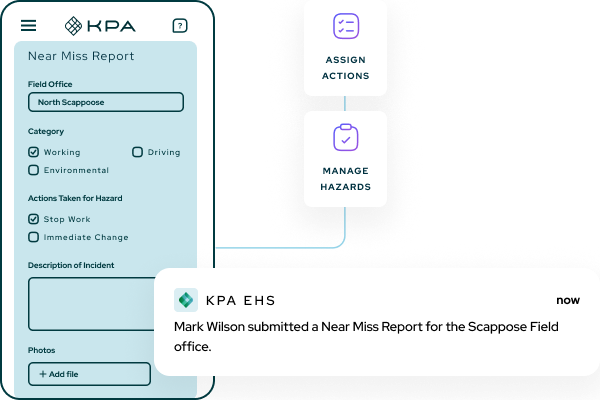Do you know everything you need to know about the most frequently cited Occupational Safety and Health Administration standards? In this series, we’re exploring the most common OSHA violations, one by one. Keep reading to learn how to avoid an OSHA edge guarding violation and protect your workforce from falling risks.
Number one isn’t always a good thing. For many years now, fall protection is consistently the most frequently cited OSHA violation. And edge guarding plays into that number significantly.
OSHA’s Edge Guarding Standard: What It Is
OSHA definition:
OSHA’s regulation (29 CFR 1926.501) that covers unprotected sides and edges states that “Each employee on a walking/working surface (horizontal and vertical surface) with an unprotected side or edge which is 6 feet (1.8 m) or more above a lower level shall be protected from falling by the use of guardrail systems, safety net systems, or personal fall arrest systems.”
Simple definition:
When workers are performing work at heights of 6 feet or more near openings or edges they must be protected from falling.
How to protect workers at heights?
OSHA defines fall protection as “any equipment, device, or system that prevents a worker from falling from an elevation or mitigates the effect of such a fall.” Employers may choose from the following fall protection options:
- Guardrail System: A barrier erected along an unprotected or exposed side, edge, or other area of a walking-working surface to prevent workers from falling to a lower level.
- Safety Net System: A horizontal or semi-horizontal, cantilever-style barrier that uses a netting system to stop falling workers before they make contact with a lower level or obstruction.
- Personal Fall Arrest System: A system that arrests/stops a fall before the worker contacts a lower level. Consists of a body harness, anchorage, and connector, and may include a lanyard, deceleration device, lifeline, or a suitable combination.
- Travel Restraint System: A combination of an anchorage, anchorage connector, lanyard (or other means of connection), and body support to eliminate the possibility of a worker going over the unprotected edge or side of a walking-working surface.
Why Edge Guarding Violations Happen
Edge guarding violations are very common because construction workers are frequently exposed to fall hazards when working on rooftops, openings on sides of buildings, scaffolding and other heights. According to the Bureau of Labor Statistics (BLS), of the 5,333 worker deaths in 2019, 880 were the result of a slip, trip and fall accident. Falls are the number one cause of deaths in the construction industry.
Check it out:
Learn everything you need to know about OSHA Reporting

What You Stand to Lose When Fall Protection Violations Happen
Direct costs: OSHA penalties can exceed $16,000 per violation—and as much per day for every day the issue hasn’t been fixed by OSHA’s deadline. The fine for a willful or repeated violation can be 10 times as much.
Indirect costs:
- workers’ compensation claims from workers injured from a fall
- lost productivity during and after an incident
- legal and compliance fees
- decreased morale
- negative publicity and reputational damage
Signs You’re at Risk of an Edge Guarding Violation
Working at heights is extremely common in the construction industry. Anytime a worker is working at 6 feet or more near unprotected openings and edges there is a risk of falling. And the farther the fall, the more dangerous the outcome.
Every worker who works at heights needs to understand the risks of a fall and what measures must be put into place to prevent them from falling. Training should be conducted annually.
How to Avoid an Edge Guarding Violation: Your Prevention Checklist
- Are all anchorages capable of supporting a 5,000-pound load per worker attached?
- Has all personal fall arrest equipment been inspected prior to use for wear and damage, including tears, burns, ripped stitching, and buckle or connector damage?
- Do lifelines, lanyards, snap hooks, and D-rings have a minimum strength of 5,000 pounds?
- Has a rescue plan been designed and implemented for the particular fall protection system being used on the project?
- Have employees been trained in rescue equipment and techniques?
- Are guardrails at the proper height? The height of the toprail must be between 39 inches (0.9 meters) and 45 inches (1.2 meters). Each toprail or guardrail system must be capable of withstanding 200 pounds of force.
- Are midrails installed correctly? Midrails must be installed approximately halfway between the toprail and the platform surface. The midrail must support 150 pounds of force.
You Don’t Have to Manage Your OSHA Requirements Alone
Have questions? Looking for more detailed OSHA compliance guidance? KPA is here to help.
To truly protect your workforce and bottom line, you’ll need in-depth information—and not just about OSHA’s top 10, but every potential hazard that exists in your organization. You’ll also need to conduct a thorough evaluation of your facilities to identify current gaps and risk areas.
KPA’s unique combination of software, training, and consulting services can provide the coverage your people and your organization need.
OSHA citations. They’re rampant, they hide in plain sight, and they have potentially dire consequences for your people and your bottom line. Is your organization doing enough to avoid the most common Occupational Safety and Health Administration citations?
Get the Guide: A Data-Driven Guide to Workforce Safety
Learn how to leverage your safety data and analytics to maintain a safe workplace.

